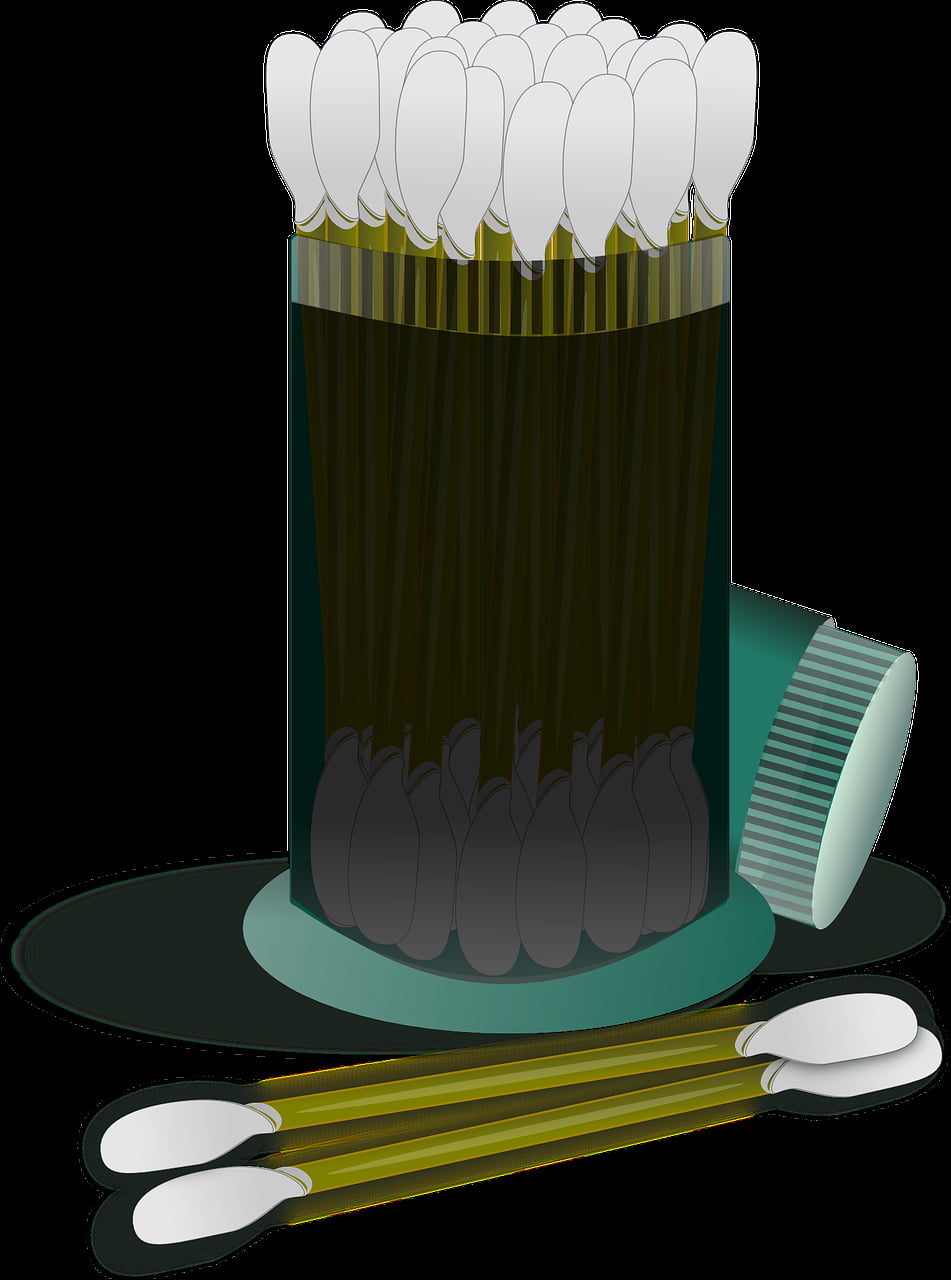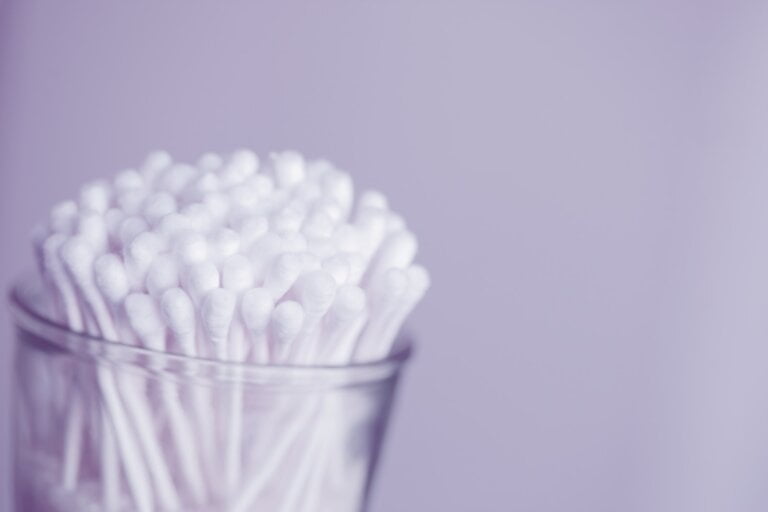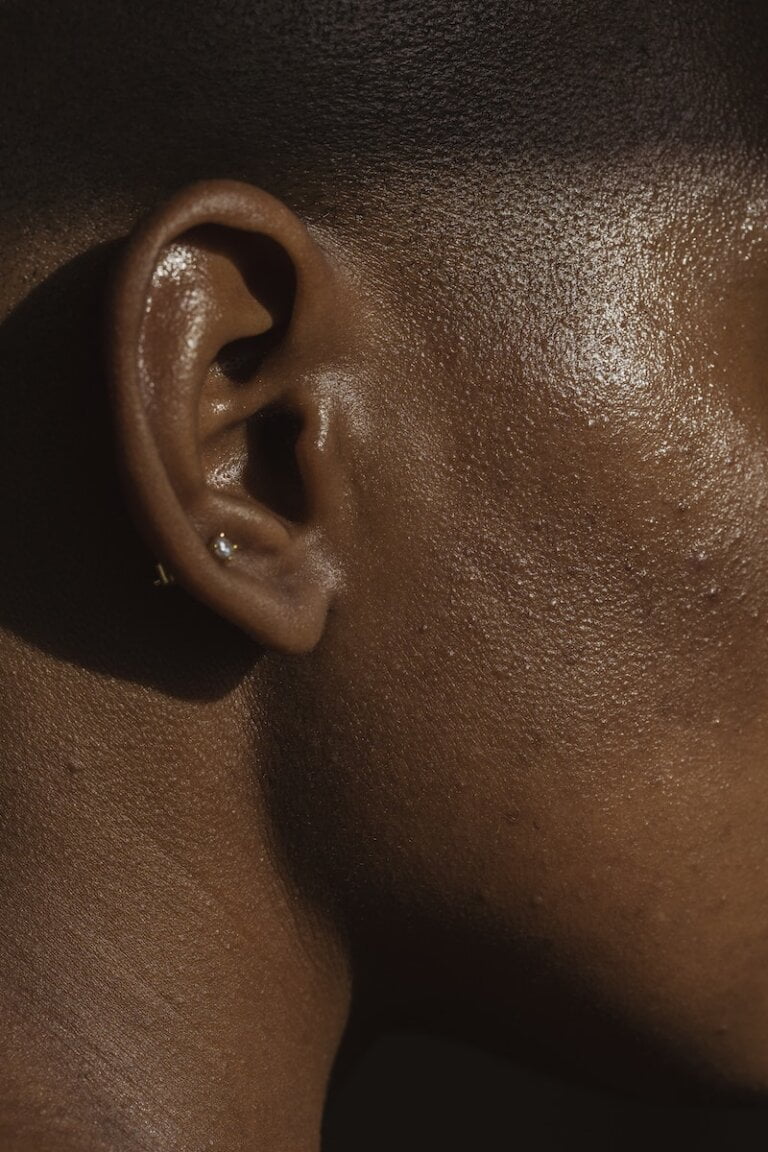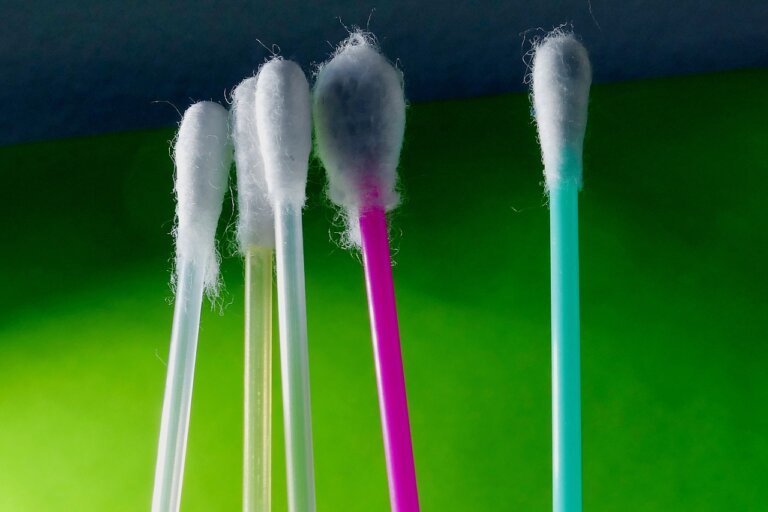Ear Wax Exposed: Understanding the Origins and Characteristics of Ear Wax
Last Updated on 14th August 2023 by Faye Yearsley
Ear wax, also known as cerumen, is a natural substance produced by our ear canals. It plays a vital role in maintaining the health and functionality of our ears. While often disregarded and underestimated, understanding the origins and characteristics of ear wax is crucial to ensure proper ear care. In this article, we will delve into the fascinating world of ear wax, exploring its functions, types, and ways to manage it effectively.
The Functions of Ear Wax
Ear wax might seem like an inconvenience, but in reality, it serves several essential functions. These functions include:
- Protection: One of the primary roles of ear wax is to protect our ears. It acts as a barrier, preventing dust, dirt, bacteria, and other foreign particles from entering the ear canal and potentially causing harm or infection.
Ear wax forms a sticky layer that traps particles and prevents them from reaching the delicate structures within the ear. This protective function is crucial in maintaining the overall health of the ears and preventing infections.
- Moisturising: Ear wax lubricates the ear canal, keeping it moisturised and preventing dryness and itchiness.
The ear canal has a delicate lining that requires moisture to remain healthy. Ear wax helps to retain this moisture, preventing the skin from becoming dry and irritated. It also helps to reduce the risk of inflammation and discomfort.
- Cleaning: As ear wax gradually moves from the deeper areas of the ear canal towards the outer part, it helps carry away dead skin cells, debris, and any trapped particles. This self-cleaning mechanism helps to maintain ear hygiene.
The movement of the jaw during talking, chewing, and other jaw movements helps to push the ear wax towards the outer part of the ear. Along with the jaw movements, the natural migration of the ear wax helps to carry away any debris or dead skin cells that may have accumulated in the ear canal. This self-cleaning process plays a crucial role in maintaining the cleanliness of the ears.
Types of Ear Wax
Ear wax can vary in colour, texture, and consistency, which can be attributed to genetic factors and ethnic backgrounds. There are two main types of ear wax:
- Dry Ear Wax (Flaky): This type of ear wax is typically light-colored and has a flaky texture.
Dry ear wax, also known as flaky ear wax, is more common among individuals of East Asian descent due to genetic factors. It has a lighter colour and a drier texture, making it easier to remove from the ear canal. This type of ear wax is less likely to cause blockages or impactions.
- Wet Ear Wax (Sticky): Wet ear wax, on the other hand, is darker and stickier. Individuals with wet ear wax, produce a higher amount of ear wax and may require more attention to maintain ear health.
Wet ear wax, is more prevalent among individuals of African, European, and Native American descent. It has a darker colour and a stickier texture, making it more prone to causing blockages and impactions. People with wet ear wax may need to take extra precautions to ensure proper ear hygiene.
Factors Influencing Ear Wax Buildup
The production and accumulation of ear wax can be influenced by various factors, such as:
- Genetics: Your genetic makeup plays a significant role in determining the type and amount of ear wax your body produces. .
Genetics play a crucial role in determining the characteristics of ear wax. Some individuals are genetically predisposed to produce more ear wax, while others may produce less. Knowing your genetic predisposition can help you understand your ear wax production and take appropriate measures to manage it effectively.
- Age: Ear wax production tends to decrease as we age. This can lead to drier ear wax and an increased likelihood of impaction in older individuals. It is essential to adapt ear care routines accordingly.
As we age, the glands responsible for producing ear wax may become less active, resulting in drier ear wax. This drier wax is more likely to accumulate and cause blockages if not properly managed. Older individuals should be mindful of this and adjust their ear care routines to prevent any potential issues.
- Ear Canal Shape and Size: The shape and size of your ear canal can affect ear wax buildup. Narrow or curved ear canals are more prone to trapping wax, increasing the chances of blockages.
- Excessive Ear Cleaning: Ironically, excessive cleaning of the ears can actually lead to more ear wax production. When we clean our ears aggressively or use cotton swabs, it can stimulate the glands to produce more wax as a protective response.
While it may seem counterintuitive, excessive cleaning of the ears can disrupt the natural balance of ear wax production. Aggressive cleaning or the use of cotton swabs can irritate the ear canal, leading to an overproduction of ear wax as a protective response.
Managing and Removing Ear Wax
While ear wax is necessary for ear health, excessive buildup or impaction can cause discomfort and hearing problems. Here are some ways to safely manage and remove ear wax:
- Do’s and Don’ts of Ear Cleaning: It is crucial to follow proper ear cleaning techniques to avoid pushing wax deeper into the ear canal. Avoid using cotton swabs, hairpins, or other sharp objects, as they can cause injury. Instead, gently clean the outer part of the ear with a damp cloth to remove any visible wax.
- Ear Drops: Over-the-counter ear drops can be used to soften the ear wax, making it easier to remove. Make sure to follow the instructions provided and consult a healthcare professional such as an audiologist or GP if you experience any pain or discomfort.
- Ear Irrigation: Ear irrigation, also known as ear syringing, involves flushing the ear canal with warm water to remove excess wax. This procedure should only be performed by a trained professional to minimize the risk of injury or infection. But Irrigation does have a higher risk of complications when compared to microsuction, which is why we NEVER irrigate at Hearing First.
- Seek Professional Help: If you experience symptoms such as pain, hearing loss, or persistent blockage, it is advisable to seek medical assistance. A healthcare professional such as an audiologist or GP can safely examine your ears and recommend appropriate treatment options, including ear wax removal.
Conclusion
Understanding the origins and characteristics of ear wax is essential for maintaining optimal ear health. Despite its negative perception, ear wax serves vital functions, including protection, moisturisation, and cleaning. By knowing your genetic predisposition, practicing proper ear cleaning techniques, and seeking professional help when needed, you can ensure the well-being of your ears. Remember, a balanced approach to ear wax management is key to a healthy auditory system.
FAQ
1. What are the functions of ear wax?
Ear wax serves several essential functions, including protection, moisturisation, and cleaning. It acts as a barrier to prevent dust, dirt, and bacteria from entering the ear canal. It also lubricates the ear canal to prevent dryness and itchiness, and helps carry away dead skin cells and debris to maintain ear hygiene.
2. What are the types of ear wax?
There are two main types of ear wax: dry ear wax (flaky) and wet ear wax (sticky).
3. What factors influence ear wax buildup?
Various factors can influence ear wax buildup, including genetics, age, ear canal shape and size, and excessive ear cleaning. Your genetic makeup determines the type and amount of ear wax your body produces. As you age, ear wax production tends to decrease, leading to drier wax. Narrow or curved ear canals are more prone to trapping wax. Excessive cleaning of the ears can stimulate the glands to produce more wax.
4. How can ear wax be managed and removed?
To safely manage and remove ear wax, it is important to follow proper ear cleaning techniques, avoiding sharp objects like cotton swabs. Over-the-counter ear drops can be used to soften the wax. Ear irrigation, performed by a trained professional, involves flushing the ear canal with warm water. If experiencing symptoms or persistent blockage, it is advisable to seek medical assistance for professional ear wax removal.







